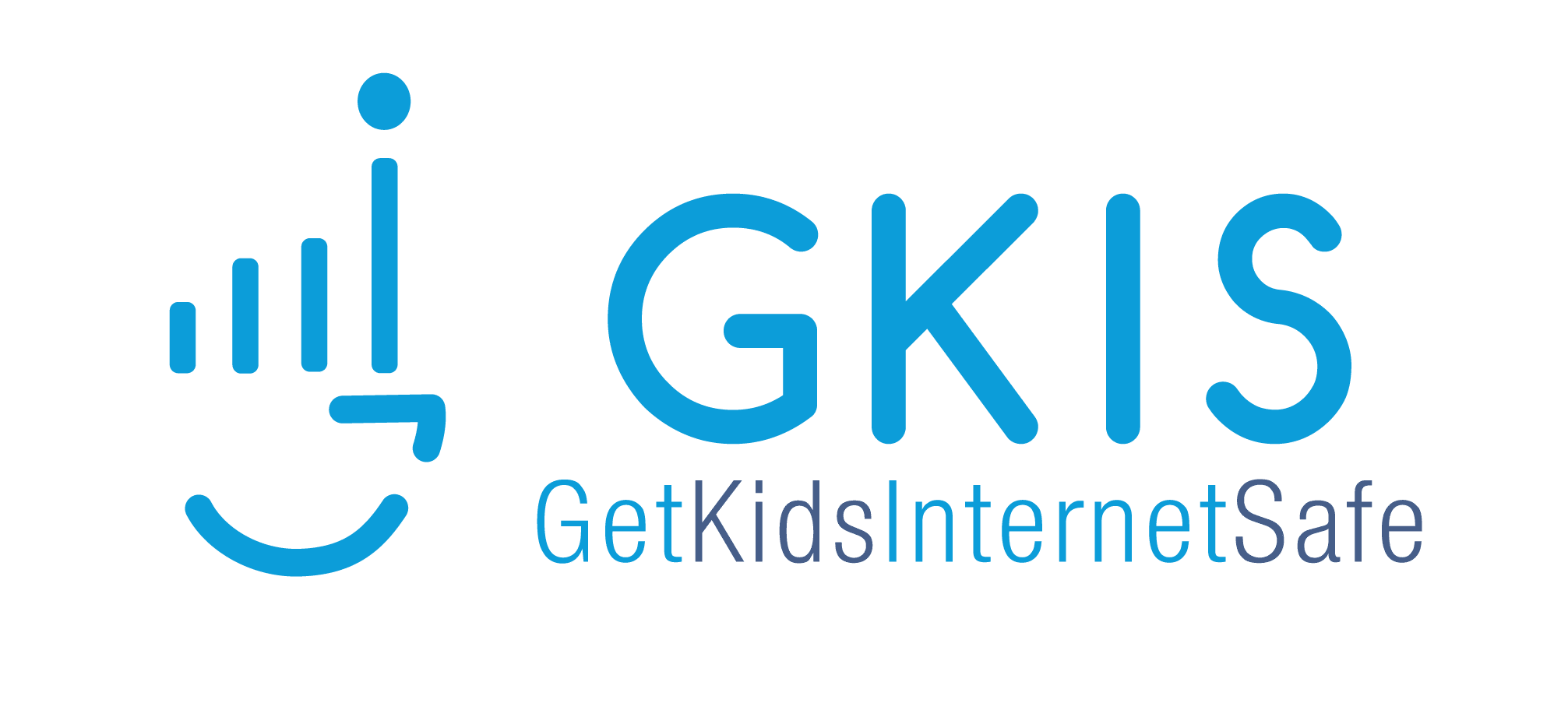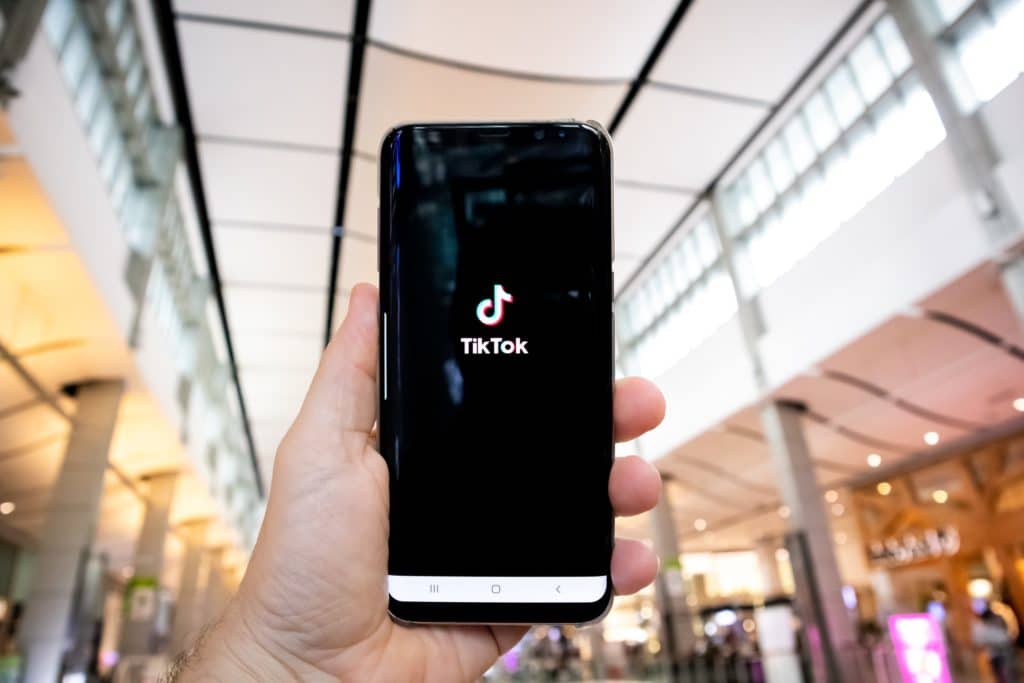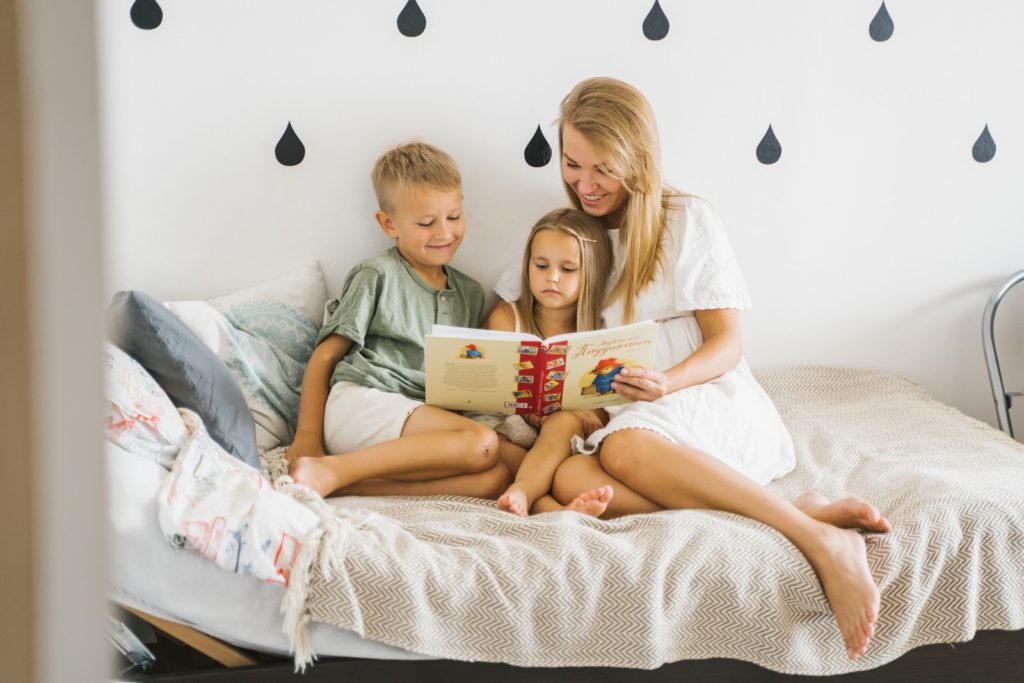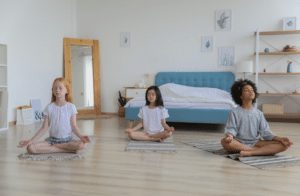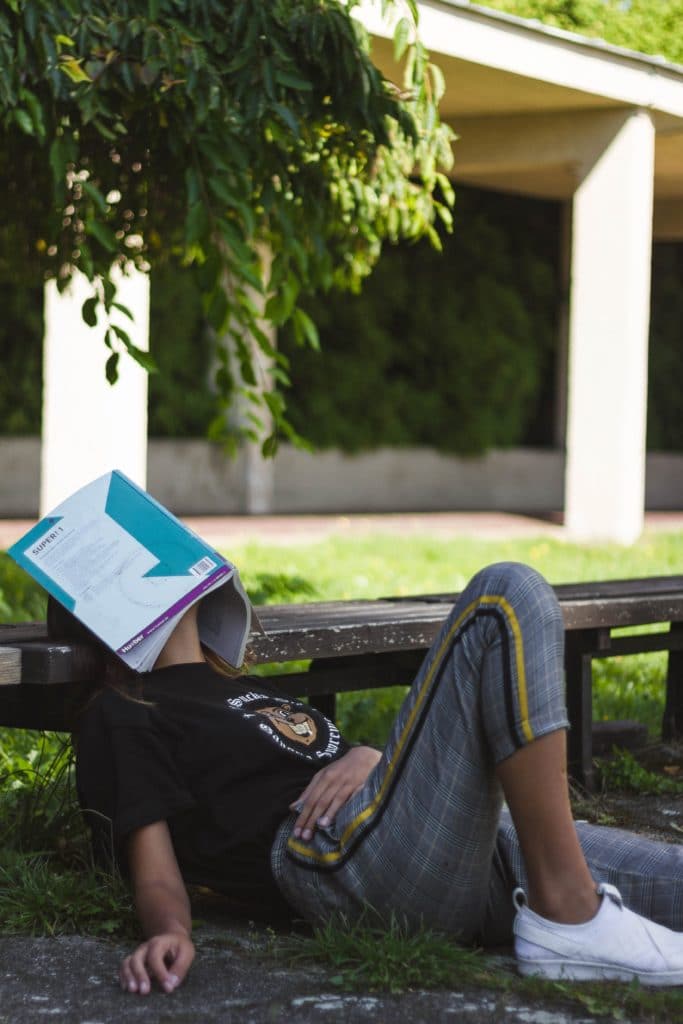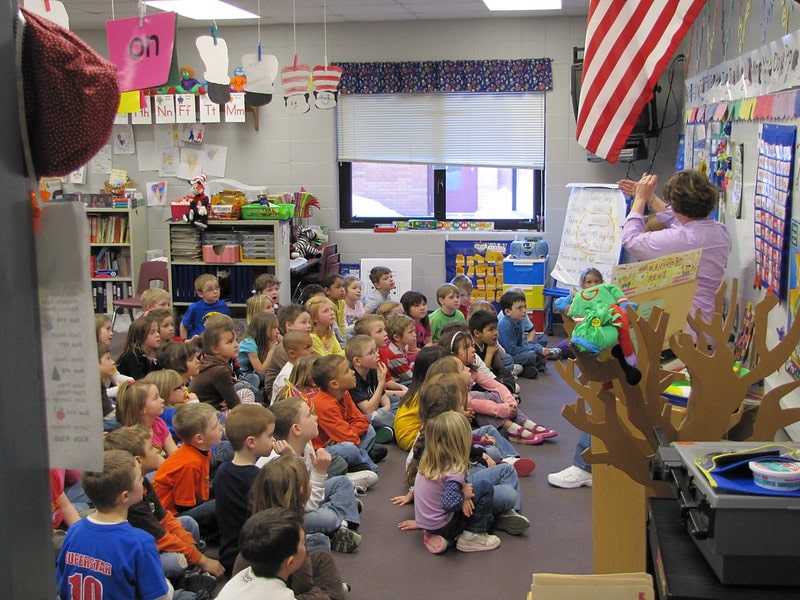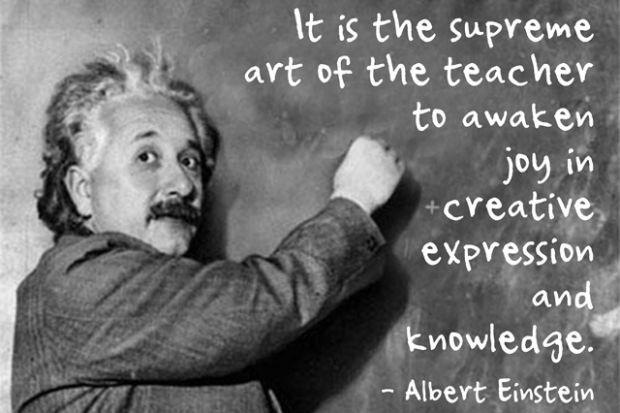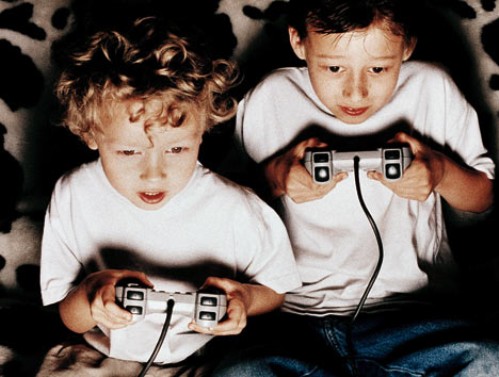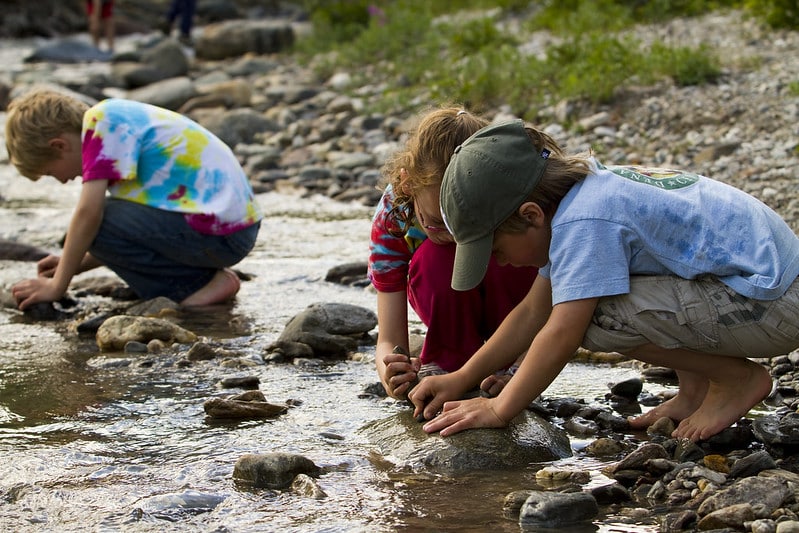Dangerous TikTok trends have previously sent kids to the hospital, now a new trend is sending them to jail. The forever infamous “Tide Pod challenge,” which spawned from an internet meme, gained huge traction among young users on the platform TikTok after videos of kids eating the toxic laundry detergent went viral. These videos resulted in thousands of calls to poison control, and hundreds of trips to the emergency room. While this shocking TikTok trend faded away in early 2018, a new trend dubbed “Devious Licks” has rocked schools across the nation and lead to the arrests of several students.
What is TikTok?
TikTok is a social media and video-sharing platform that is primarily marketed to kids and teens. Since its launch in 2016, it has become one of the most popular social media sites attracting over 1 billion monthly users. What drives the popularity of this platform is that it offers millions of short user-created videos that feature an enormous variety of content. Through the use of hashtags, TikTok users can see which viral videos are attracting the largest number of views from fellow TikTokers. The most popular videos are re-created or copied by other users to increase their chances of having their videos viewed which is essentially how TikTok trends get started. With so many users competing for likes and attention, these viral trend videos spread like wildfire.
TikTok has previously come under fire for its initial lack of action in response to the posting of “Tide Pod challenge” videos. CBS reports that there were at least ten deaths related to this challenge. Unfortunately, TikTok failed to promptly block uploads to their platform that featured the hashtag “Tide Pod challenge” which ultimately would have prevented this trend from getting the amount of exposure that it did.
The New Dangerous Trend: “Devious Licks”
Early September 2021, when kids across the nation finally began going back to school after a year of COVID19-required virtual learning, videos featuring the hashtag “DeviousLicks” swept through TikTok. Unlike the name suggests, this newest trend does not actually involve physically licking dangerous objects. According to UrbanDictionary.com the word lick is slang for an illegal way to quickly get money, primarily through the theft of property. The “Devious Licks” trend is a competition among kids and teens to see who can film themselves while stealing the riskiest or most important objects without getting caught and then subsequently uploading the video onto TikTok as proof of participation. While this trend has reportedly spanned schools across the nation, these videos are most often shot in middle and high schools.

How did it start?
This viral video trend allegedly began when one student posted a video to TikTok featuring a box of disposable face masks they purported to have stolen from the campus. The viral video, which received almost half a million views, was captioned, “A month into school and got this absolutely devious lick… Should’ve brought a mask from home. Now look at you walkin round campus maskless you dirty dog.” Since this first video was posted, things escalated drastically.
A list of some of the stolen items featured in devious licks videos include:
- Fire extinguishers
- Fire Alarms
- Exit Signs
- Bathroom Supplies
- soap dispensers and paper towel/toilet paper dispensers, urinal cakes
- Classroom Supplies:
- lab materials, computers, books, a class pet, pencil sharpeners, projectors
- Physical Property:
- sinks, toilets, stall walls, a principal’s car parts, locker doors, cellphones, SMART boards, desks/chairs, clocks
One video even shows a shoe being stolen off the foot of a student who was sitting in a bathroom stall. Other videos show student restrooms that have been completely vandalized and rendered almost useless. Parents at a middle school in Texas have been asked to send their kids to school with their own hand soap due to the dispensers having all been stolen from the restrooms. 
Police Are Stepping In
To stop this trend from continuing, law enforcement officials have begun arresting students across several different states. In Kentucky, eight students have been arrested due to their participation in the “Devious Licks” challenge. Four of the students were charged with theft while the remaining four were charged with vandalism. Five more students were charged in Florida, one student charged in Arizona, and one student charged in Alabama.
TikTok’s Response
While it is obvious that a lot of damage has occurred across many different schools that are already struggling amidst the global pandemic, TikTok has responded to this phenomenon by continually blocking all “Devious Licks”- related content from being uploaded onto their site to prevent more damage. Unfortunately, the criminal records of the students who were arrested in connection with this trend cannot be fixed as easily as soap dispensers.
Why is this happening?

What Kids Need from Their Parents
The negative implications of this newest TikTok trend are obvious. Aside from the damage to school property and the loss of personal property from other students, the potential loss of future opportunities due to a permanent criminal record because of participating in a fleeting internet trend is tragic.
To avoid these kinds of negative outcomes, parent-child communication and parental oversight are key. Dr. B offers essential tips for fostering this kind of communication in her GKIS Connected Family Course. With this online course, you will learn how to create a safer screen home environment through fun parenting techniques designed to guide sensible screen management.
Additionally, Dr. B’s tried and true GKIS Social Media Readiness Training is a valuable tool that teaches tweens and teens about the inherent risks of social media and ways to be prepared when encountering them. Remember to be kind, create an environment that allows for open dialogue between you and your kids, and rest assured that you have provided your family with the tools to facilitate safe and healthy internet practices. You can also stay up to date on relevant internet/gaming topics with our free articles on the GKIS Blog.

I’m the mom psychologist who will help you GetKidsInternetSafe.
Onward to More Awesome Parenting,
Tracy S. Bennett, Ph.D.
Mom, Clinical Psychologist, CSUCI Adjunct Faculty
GetKidsInternetSafe.com
Photos Credited
Photo by Olivier Bergeron (https://unsplash.com/photos/5JSZzMilCVo)
Photo by Element5 Digital (https://unsplash.com/photos/7K_agbqPqYo)
Photo by Shoro Shimazaki (https://www.pexels.com/photo/judgement-scale-and-gavel-in-judge-office-5669602/)
Photo by Crstian Dina (https://www.pexels.com/photo/white-smartphone-1851415/)
